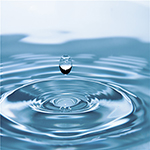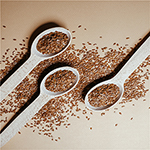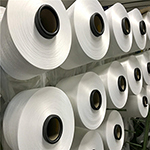Reflective Heat Transfer Labels









Shooted by Color-P
Reflective Heat Transfer Labels: A Shining Solution for Your Branding Needs
Reflective heat transfer labels are a remarkable innovation in the world of product identification and branding. Employing a heat transfer technique, these labels adhere a reflective material onto the surface of various items. They are especially well - suited for applications where visibility in low - light or dark conditions is crucial, making them popular across multiple industries.
| Key Features |
|
High Reflectivity The most prominent feature of reflective heat transfer labels is their high reflectivity. The specialized reflective material used in these labels can bounce back light efficiently, making them highly visible even in dimly lit environments. Whether it's the headlights of a car at night or the beam of a flashlight, the labels will catch the light and stand out clearly.
Durable Construction These labels are designed to be durable. The heat transfer process bonds the reflective layer firmly to the base material of the label, and the overall construction is resistant to abrasion, weathering, and fading. This means that the labels can maintain their reflective properties and integrity over an extended period, even when exposed to harsh conditions.
Easy Application Process Applying reflective heat transfer labels is a straightforward process. The labels are pre - printed with the desired design and can be transferred onto the product using a heat press or similar equipment. This simplicity allows for in - house application, saving time and money on outsourcing the labeling process.
Safety and Apparel Industry In the safety and apparel industry, reflective heat transfer labels are widely used on safety vests, work uniforms, and sportswear. They increase the visibility of workers and athletes in low - light conditions, reducing the risk of accidents. For example, joggers' clothing with reflective labels can be easily seen by motorists at night.
|
Production at Color-P
For reflective heat transfer label production, designers start by using graphic software to create a layout with logos and text, considering heat - transfer needs. Based on the application, polyester films (for durability, like outdoor gear) or flexible fabrics (for clothing) are selected as the heat - resistant base material. Micro - glass beads or other reflective particles are then mixed with a binder, with the ratio controlled for good reflectivity. Screen printing or other methods apply compatible inks, sometimes in multiple layers. The reflective ink is spread using roller - coating for flat labels or spray - coating for irregular ones. Heat or UV light bonds the layers. Cured labels are die - cut, with mechanical dies for large - volume and laser cutting for complex shapes. Finally, they're inspected for reflectivity and print quality, and approved labels are packed in rolls or sheets for shipment.
Creative Service
We offer solutions throughout the whole label and package order life cycle that distinguish your brand.

Design
In the safety and apparel industry, reflective heat transfer labels are widely used on safety vests, work uniforms, and sportswear. They increase the visibility of workers and athletes in low - light conditions, reducing the risk of accidents. For example, joggers' clothing with reflective labels can be easily seen by motorists at night.

Production Management
At Color-P, we’re committed to going above and beyond to provide quality solutions.- Ink Management System We always use the right amount of each ink to create a precise color.- Compliance The process ensures the labels and packages meets pertinent regulatory requirements even into industry standards.- Delivery and Inventory Management We’ll help plan out your logistics months in advance and manage every aspect of your inventory. Release you from the burden of storage and help manage the labels and packages inventory.

Eco-Friendly
We're there with you, through every step in the production. We are proud of the eco-friendly processes from raw material selection to print finishes. Not only to realize the save with just-right item on your budget and schedule, but also strive to uphold ethical standards when bringing your brand to life.
Sustainability Support
We keep developing new types of sustainable materials that meet your brand need
and your waste reduction and recycling objectives.

Water Based Ink

Liquid Silicone

Linen

Polyester Yarn

Organic Cotton










